babies sleeping face down
 Baby Sleeps Face Down? What to Know - SleepBaby.org
Baby Sleeps Face Down? What to Know - SleepBaby.orgWhen can babies sleep in their stomach safely? The number one question we have as new parents is universal but complicated: How do we get this new little creature in the world? There's no shortage of grandma's advice, strangers at the grocery store, and friends. "Oh, just turn a baby into your belly," they say. You slept in your belly back in the day, and you survived.Yes, you survived. But many other babies don't. The struggle to discover a precise cause for parents and medical professionals. But one thing we know is that we can reduce the risk of SIDS by creating safe sleep conditions. In 2016, the American Academy of Pediatrics (AAP) published a recommendation on safe sleep to reduce the risk of SIDS. These include placing the baby: These recommendations apply to all sleep times, including naps and night in the morning. The AAP recommends using a cradle or other separate surface free of bumper pads, which used to be seen as a safety element, but it is no longer. The $1 million issue: What counts like a baby? The short answer is 1 year. After one year, the risk of small island developing States drastically decreases in children without health problems. At this point, for example, your little one may have a light blanket in your crib. The longest answer is that you should continue to put your baby in bed on your back while in a crib. That doesn't mean they have to stay that way. If they move themselves in a stamacal alloy position — even before a year of age — it's okay. More on that in a minute. It goes against logic to follow the guidelines — putting the bed in an environment not so cozy, away from the arms of the breast, without any object of comfort. However, it is quite clear about the specific relationship between these recommendations and a reduced risk of small island developing States, between 2 and 4 months of age. The AAP first reported the recommendations on sleep in 1992, and the "Back to Sleep" campaign began in 1994, now known as the "movement". Since the early 1990s, from 130.3 deaths per 100,000 live births in 1990 to 35.2 deaths per 100,000 live births in 2018. Why exactly is the belly sleeping a problem, if some babies seem to love it so much? It increases the risk of SIDS, but is not completely sure why. Some studies suggest higher respiratory problems such as obstruction, which may occur when a baby breathes his or her own breath exhaled. This makes carbon dioxide built and oxygen fall. Breathing in your own breath exhaled can also make it harder for body heat to escape, which causes overheating. (Reheating is a known risk factor for small island developing States, although not.) Irony is a baby who cries the belly enters into longer periods of deeper sleep, and can be less reactive to noise, which is exactly what each parent dreams. However, the exact objective parents are achieving is also what makes it dangerous. Sleepers also have sudden decreases in blood pressure and heart rate control. Basically, it is a kind of insurance that a baby comes into lighter sleep often and does not seem to enter that uninterrupted sleep cycle we want for them (and for their tired parents). Myths, Broken A persistent myth is that if you put a baby on your back, they will suck their own vomit and they won't be able to breathe. This has been—and there may even be some to sleep, such as lower risks for ear infections, full noses and fever. Parents also care about muscle development and flat points in the head, but it helps to fight both concerns daily. As we have mentioned, the guidelines recommend that you continue to put your baby to sleep on the back until age 1, even though about 6 months — or even before — will be able to roll over both modes naturally. Once this happens, it's usually okay to let your little sleep in this position. This is usually aligned with an age when the peak of SIDS has passed, although there is still some risk until age 1. To be safe, your baby should be rolling consistently in both directions, with the belly back and back to the belly, before starting to leave them in their preferred sleep position. If they are not consistent and intentionally rolling yet but somehow end up in your stomach while sleeping, then yes, hard as it is — you need to put them gently on your back. I hope they don't stir up too much., a pediatrician and author of "The happiest baby in the block," has become a vocal advocate for safe sleep, while educating parents on useful tips to actually get a (semi) night off. The exchange — supported by Karp and others — pamperes the tightened rooms of the uterus, and can also help prevent babies from awakening during their sleep. A note on safe exchange has become popular (again) lately, but there are some concerns—such have overheating problems and hip—if they are done incorrectly. In addition to always placing a baby wrapped in your back in a safe sleep environment free from blankets, pillows and toys, follow these guidelines: In addition, Karp recommends using noisy and noisy sounds to imitate the uterus with a sound machine for naps and sleep. He has found the position of the side and the stomach to be soothing to babies, and will keep them in those positions while they (but not for real sleep). Karp's methods show how the stomach position, along with their other tricks, activate a soothing mechanism in babies up to 3 months old, explaining why some babies would only love to sleep in their stomachs. But once your baby is in a quiet and sleepy state, put them in bed on the back. Talk to your health care provider We really don't know how many parents put their babies to sleep in their tummies, because it seems to be a secret that people are hesitant to discuss with each other. But online forums suggest it can be a lot. You are tired — and that is a great thing that should not be ignored — but, unfortunately, how the baby seems to sleep better is not better if it means that the stomach sleeps before they can roll (both roads) on their own. Your doctor's there to help. Talk to them about their frustrations — they can provide advice and tools for you and the baby to sleep better and with mental peace. In theory, if you are awake and alert, allowing your child to immerse in your chest is not inherently harmful, provided that there is no risk that you will sleep or are too distracted in any way to ensure a safe situation. But let's be honest, as newborn parents, we're always prone to quitting the wedding. And the baby can come out of you in an unexpected second. Other ways to help parents ensure safety during sleep are: Safety Note No post-posticioneros and dream cuñas are recommended while feeding or sleeping. These padded lifts are meant to keep your baby's head and body in a position, but they are due to the risk of SIDS. The stomach sleep is fine if your little one gets in that position after being put to sleep on your back in a safe environment, and after testing that you can constantly roll both modes. However, before the baby hits this milestone, the research is clear: They should sleep on the back. This can be difficult at 2 a.m. when all you want for you and your baby is a little closed. But in the end, the benefits exceed the risks. And before you know it, the newly-born phase will pass, and they will be able to choose a dream position that contributes to more reluctant nights for both of us. Related Stories Read This Now OUR BRANDS
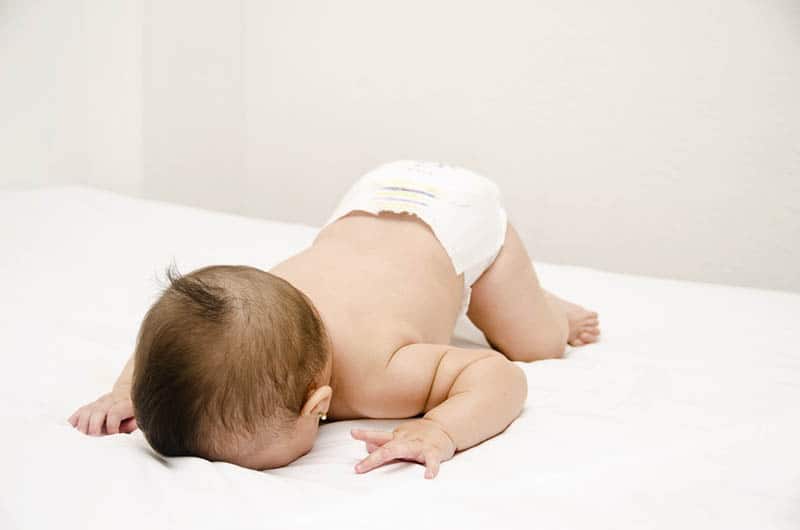
Face Down – Should My Baby Sleep In That Position?

Baby literally sleeping FACE DOWN - July 2018 Babies | Forums | What to Expect
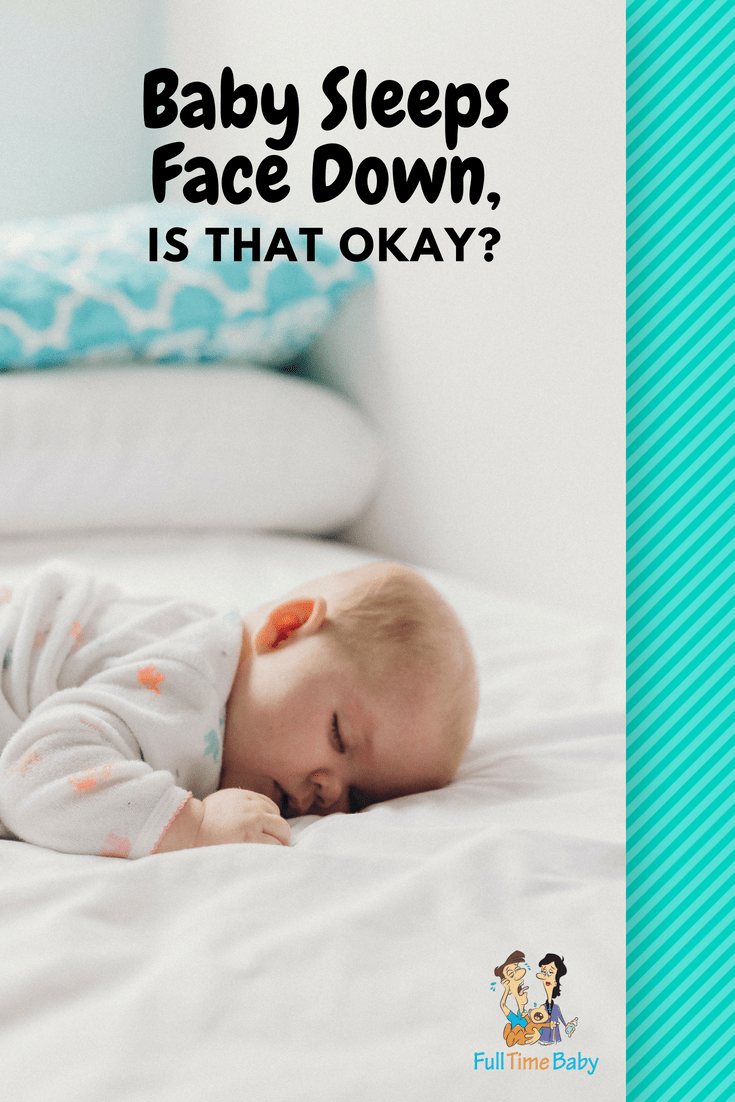
My Baby Sleeps Face Down, Is That Okay? - Full Time Baby

Baby Sleeps Face Down, Is It Ok - Mom With Five

Baby Sleeping With His Face Down: Do You Need To Be Worried? - Mom and Baby Blog

Baby sleeping face down - December 2017 Babies | Forums | What to Expect

Sleeping Facedown - February 2018 Babies | Forums | What to Expect

Sleeping face down — The Bump

Is it True That Baby Sleeping Face Down is Probable Risks to SIDS?

The reason babies shouldn't sleep face down
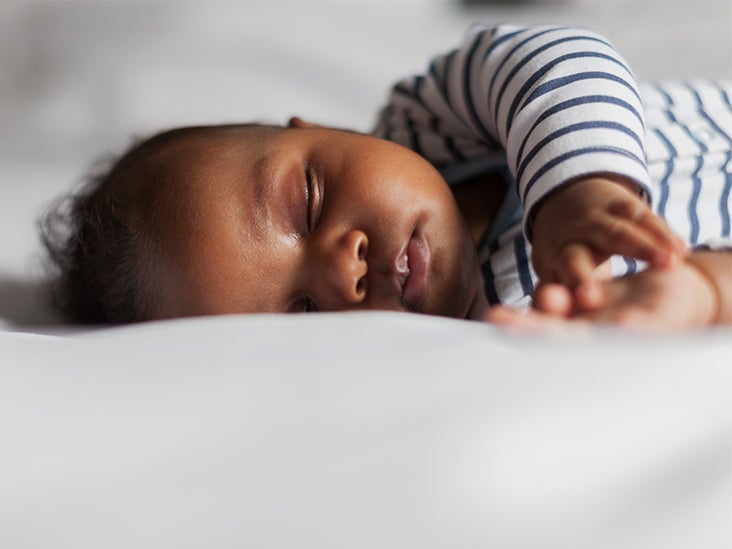
Baby Sleeping on Stomach: When It's Safe and When It's Not

My Baby Sleeps Face Down in the Mattress, Should I Worry?
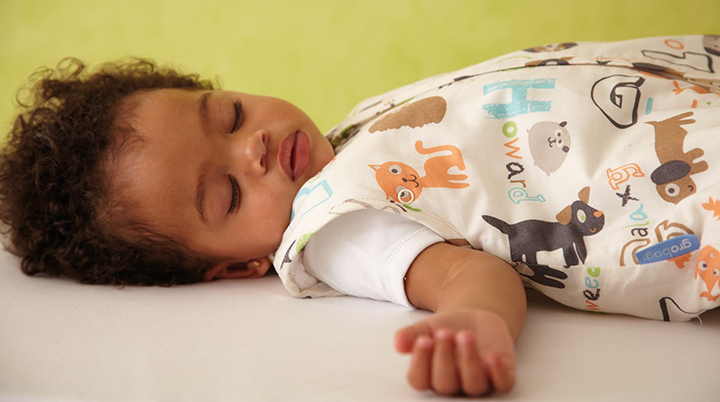
When can babies sleep on their stomach? | Infant Safety

SIDS risk linked to lack of experience with tummy-sleeping | The Source | Washington University in St. Louis

Face Down Sleeping! - September 2017 Babies | Forums | What to Expect

Sleeping face down? - Page 1 | BabyCenter

Face Down – Should My Baby Sleep In That Position? | Baby sleep, Putting baby to sleep, Baby sleeping positions
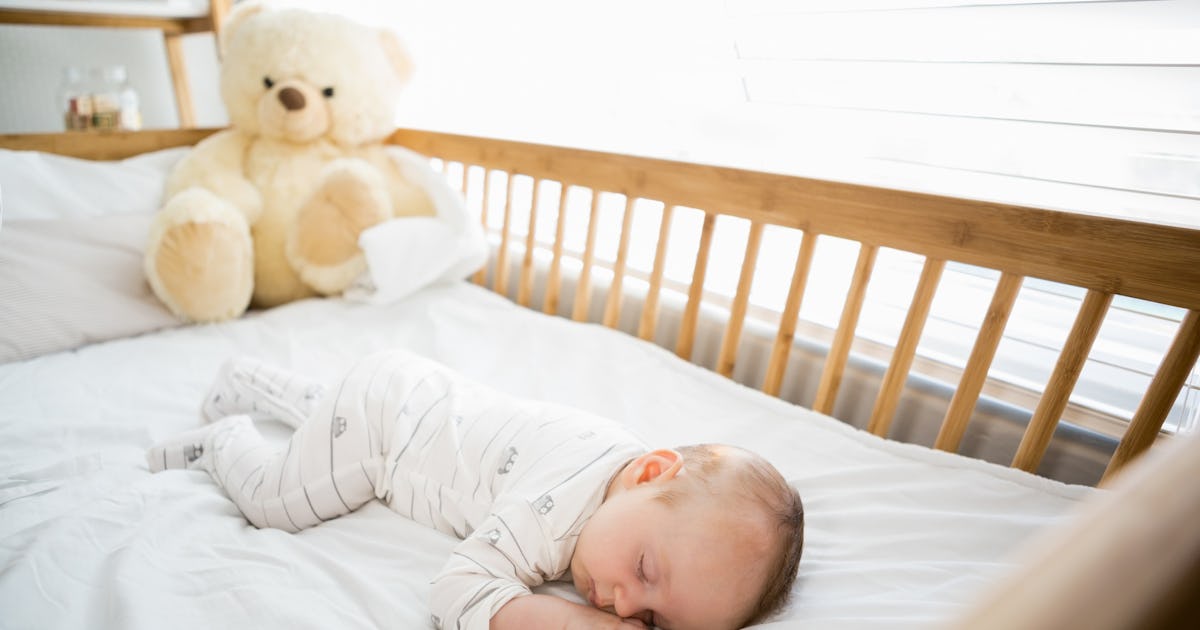
What Happens If A Baby Rolls Face-Down While Sleeping?

Myths about baby sleep and SIDS, debunked by an expert - CNN
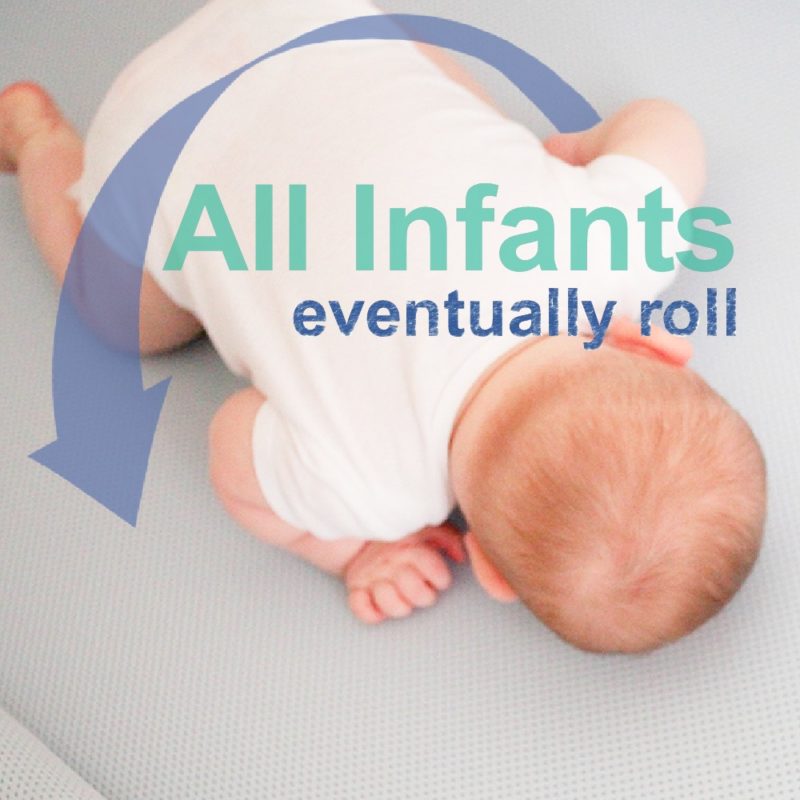
Baby Sleeping Face Down? Baby Rolling Over? SafeSleep® Crib Mattress Online Store
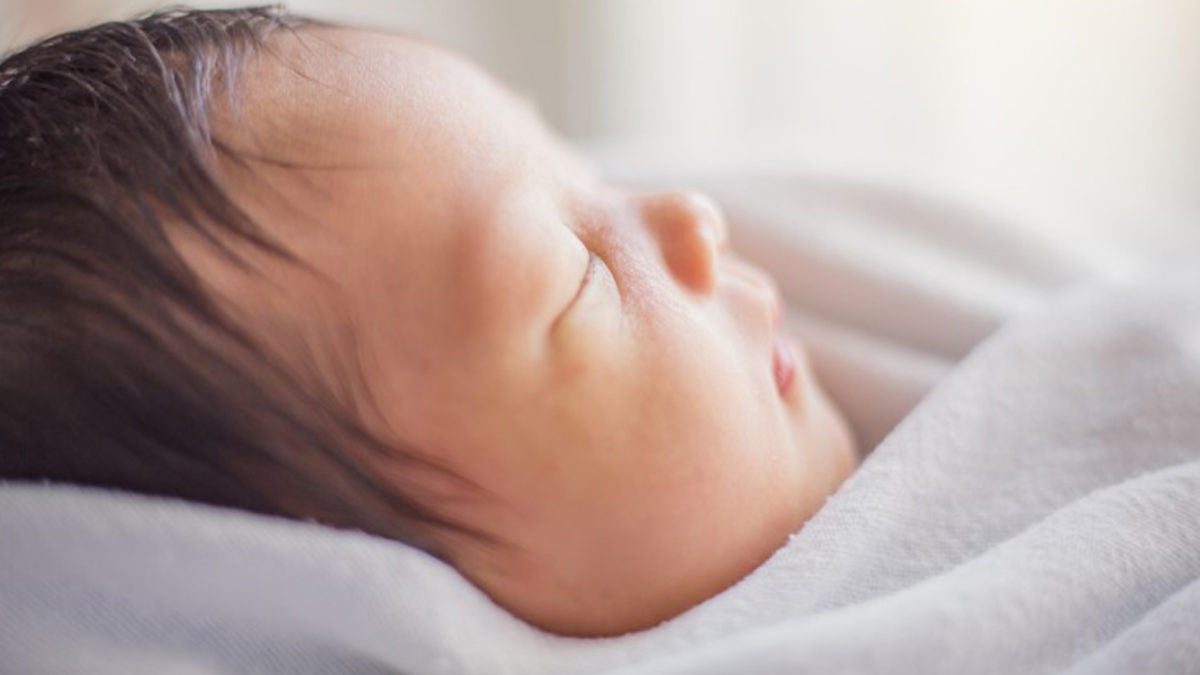
Baby In Sengkang Laid Face Down On Bed, Passed Away While Helper Was In Another Room

7 vital sleep rules to help keep your baby safe - MadeForMums
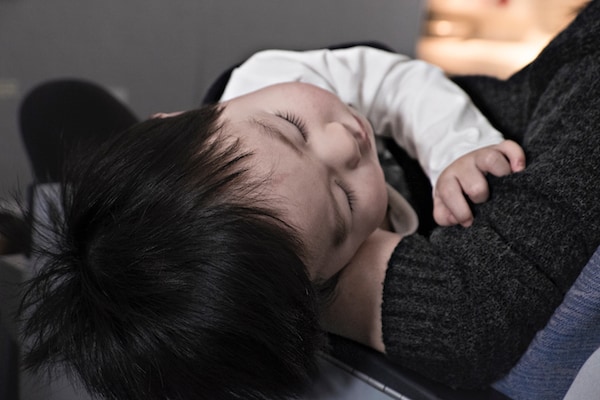
My Baby Sleeps Face Down, Is That Okay? - Full Time Baby

Baby Sleep Archives | Sarah's Lovely Family

Face down sleep — The Bump
iStock-681874654.png
Does your child prefer an "unsafe" sleeping position? - Winnie

Can SIDS Be Prevented? - HealthyChildren.org
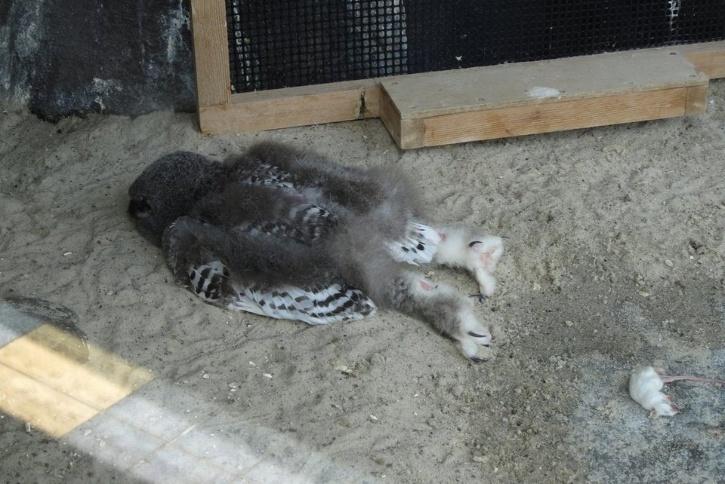
Baby Owl Sleeping Face Down On The Ground
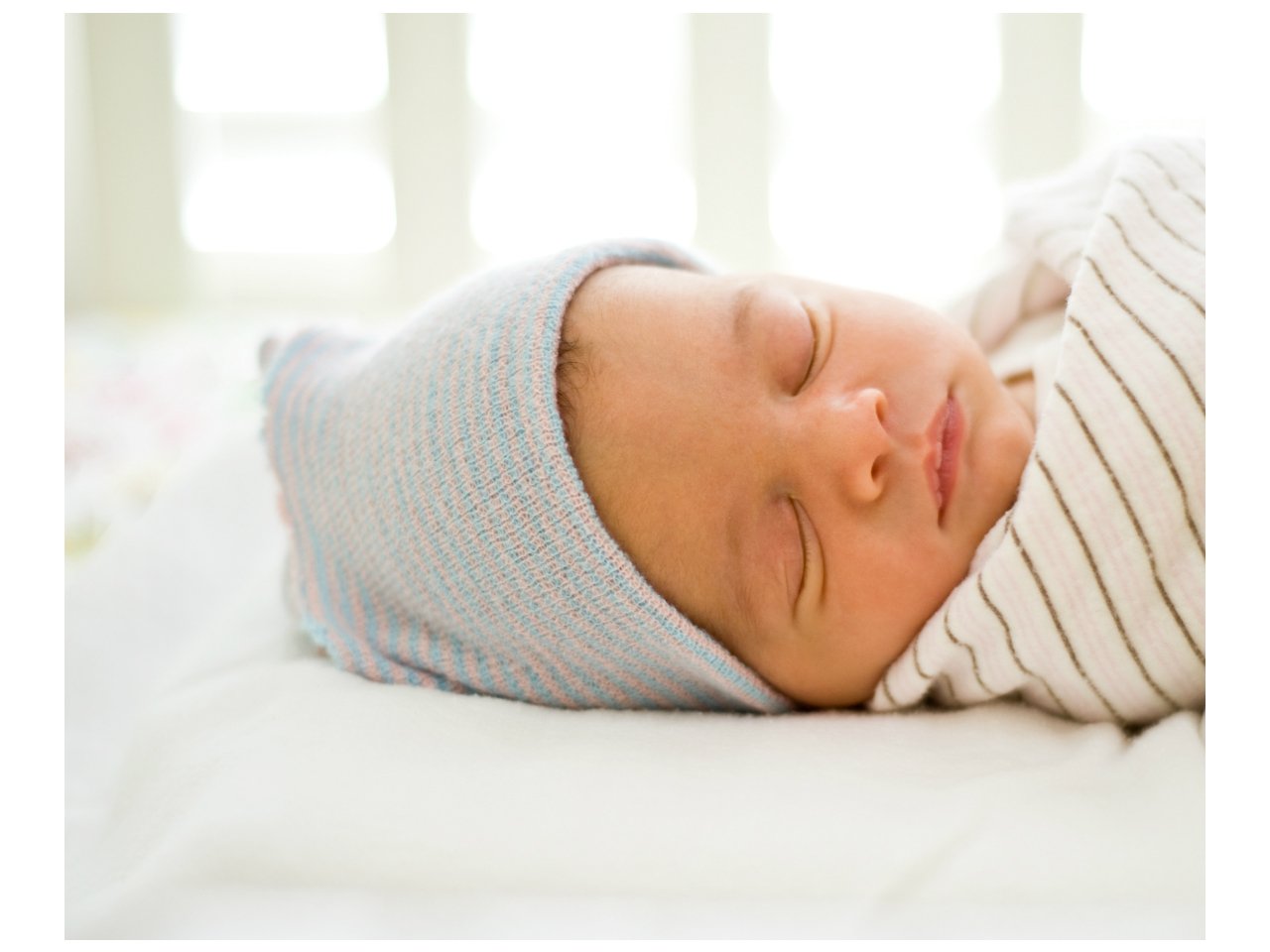
Newborn baby sleep: 7 common mistakes new parents make
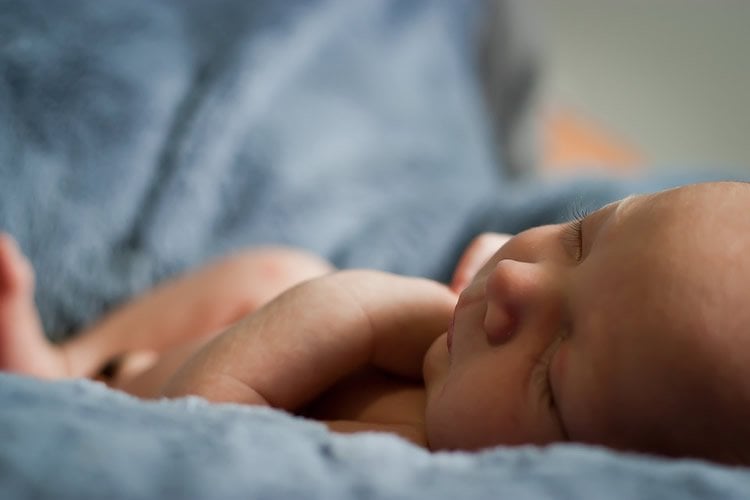
Now We Know Why Babies Shouldn't Sleep Face Down - Neuroscience News

SIDS risk linked to lack of experience with tummy-sleeping | The Source | Washington University in St. Louis

Baby safest sleeping position: why the back is best

Baby Sleeping Face Down? Baby Rolling Over? SafeSleep® Crib Mattress Online Store
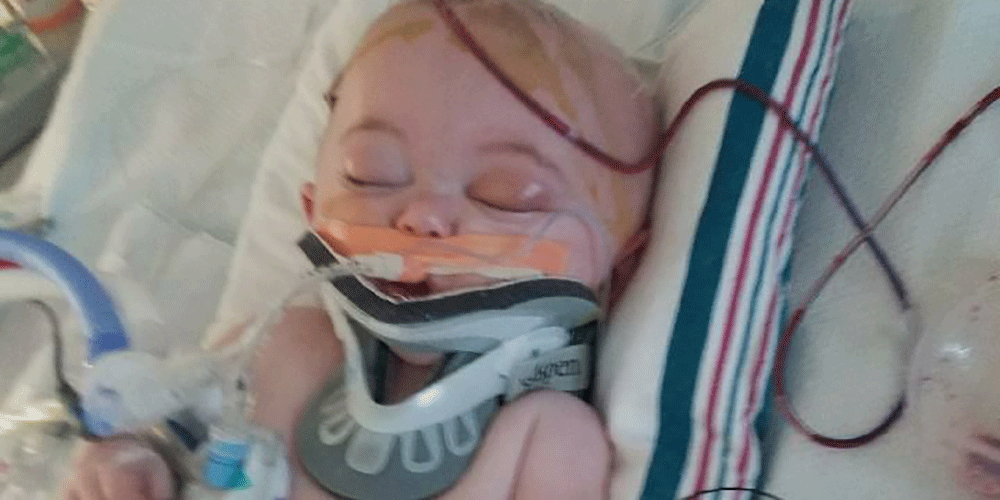
Baby Left With Brain Damage After Fall from Queen Bed - Sleeping In Adult Bed Leaves Baby at Risk

Baby Sleeps with Mouth Open: Should You Worry?

Sleeping Face Down Seems to Put Babies At Risk, Studies Say - The New York Times
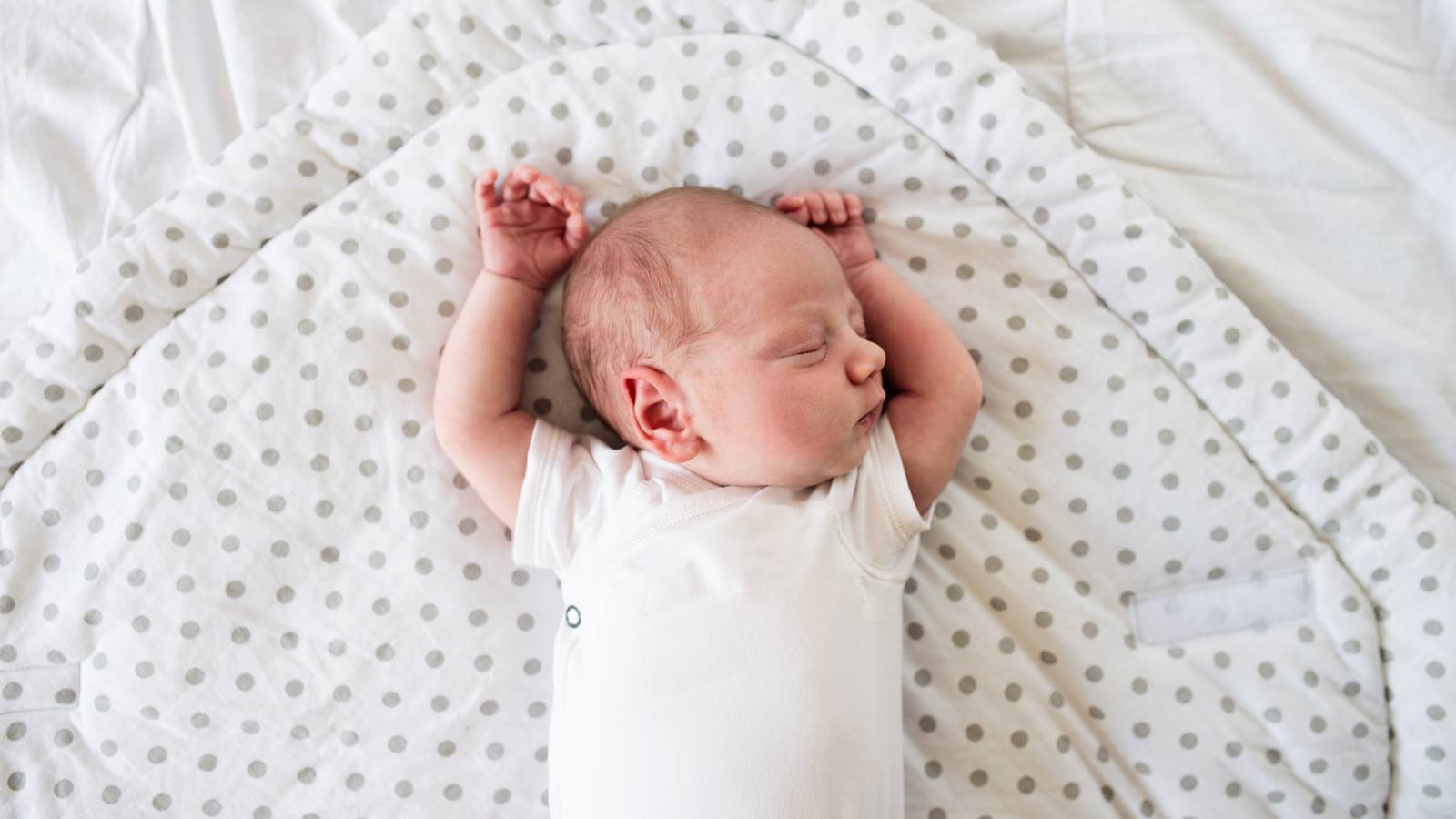
Infant Torticollis: What Parents Should Know About Signs & Treatment
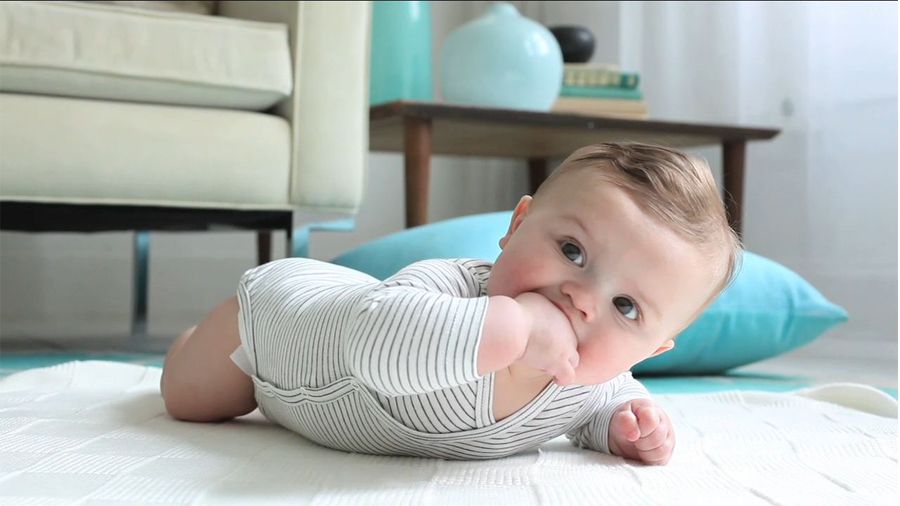
Your Guide to Tummy Time | Parents
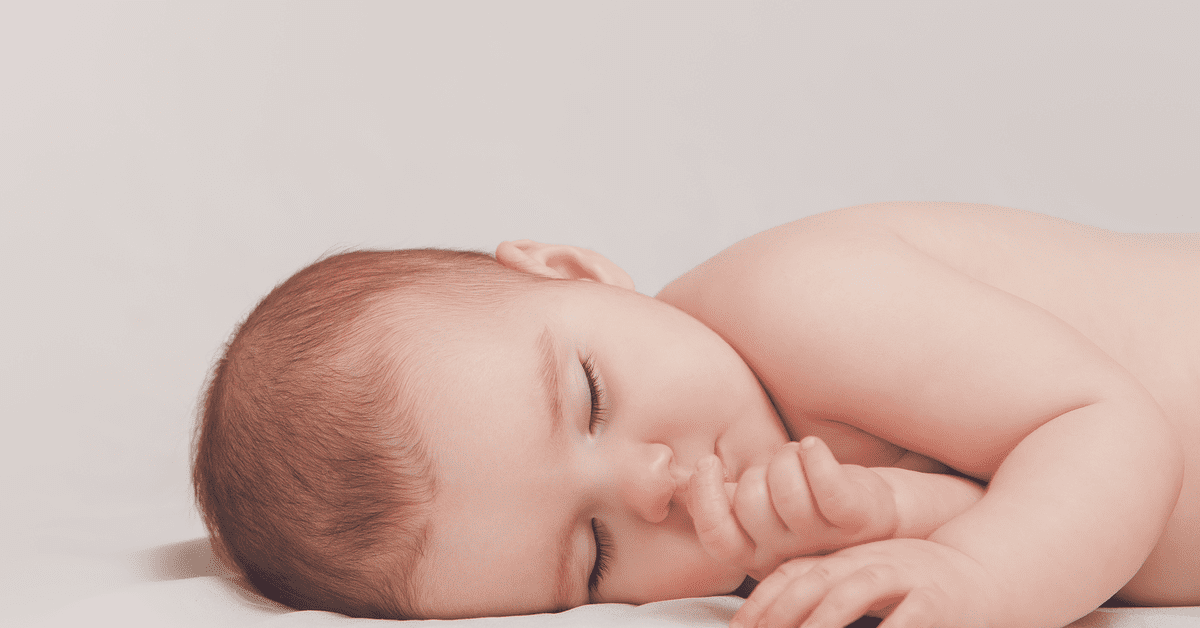
8 Infant Sleep Facts Every Parent Should Know
Posting Komentar untuk "babies sleeping face down"